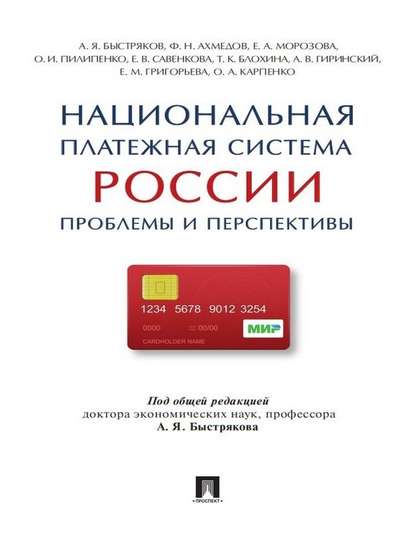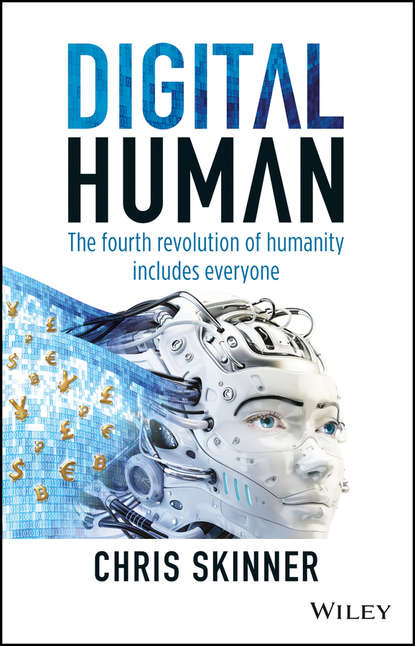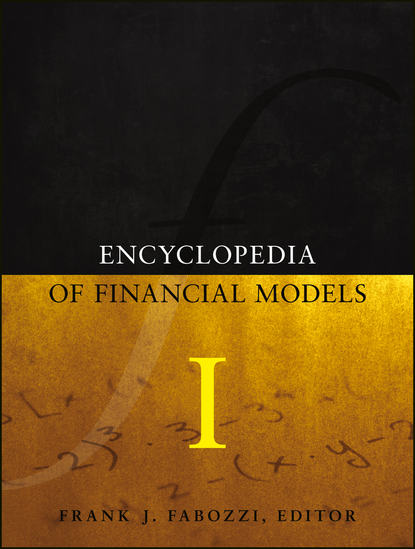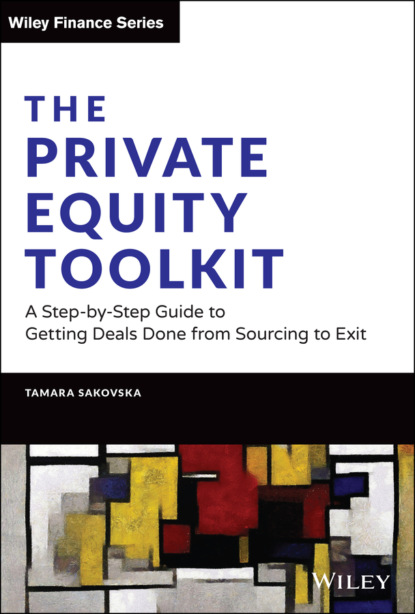Книга “Modern Asset Allocation for Wealth Management” Дэвида М. Бернса является авторитетным ресурсом для индустрии управления капиталом. В ней рассматривается проблема несоответствия современных взглядов на распределение активов и их практического применения. Это глубокое, но практическое исследование мира распределения активов, которое предоставляет знания финансовым консультантам и их роботам-советникам, необходимые им для восстановления владения компонентом распределения активов в рамках их фидуциарной ответственности. Практика управления капиталом обычно учит традиционному подходу к среднему и вариабельности в CFA и аналогичных учебных программах, методу, который имеет все более ограниченную применимость с учетом эволюции инвестиционных продуктов и нашего понимания предпочтений реальных клиентов. Кроме того, финансовые консультанты и исследователи обычно получают очень мало или совсем не получают подготовки в отношении того, как реализовать надежную структуру распределения активов - концепцию, которая, хотя и проста концептуально, на практике является очень сложной задачей. Эта своевременная книга предлагает профессиональным управляющим капиталом и исследователям актуальный и реализуемый набор инструментов для управления портфелями клиентов. Информация, представленная в этой книге, намного превышает базовые модели и эвристики, которые большинство людей знают.
Электронная Книга «Modern Asset Allocation for Wealth Management» написана автором David M. Berns в году.
Минимальный возраст читателя: 0
Язык: Английский
ISBN: 9781119566977
Описание книги от David M. Berns
An authoritative resource for the wealth management industry that bridges the gap between modern perspectives on asset allocation and practical implementation An advanced yet practical dive into the world of asset allocation , Modern Asset Allocation for Wealth Management provides the knowledge financial advisors and their robo-advisor counterparts need to reclaim ownership of the asset allocation component of their fiduciary responsibility. Wealth management practitioners are commonly taught the traditional mean-variance approach in CFA and similar curricula, a method with increasingly limited applicability given the evolution of investment products and our understanding of real-world client preferences. Additionally, financial advisors and researchers typically receive little to no training on how to implement a robust asset allocation framework, a conceptually simple yet practically very challenging task. This timely book offers professional wealth managers and researchers an up-to-date and implementable toolset for managing client portfolios. The information presented in this book far exceeds the basic models and heuristics most commonly used today, presenting advances in asset allocation that have been isolated to academic and institutional portfolio management settings until now, while simultaneously providing a clear framework that advisors can immediately deploy. This rigorous manuscript covers all aspects of creating client portfolios: setting client risk preferences, deciding which assets to include in the portfolio mix, forecasting future asset performance, and running an optimization to set a final allocation. An important resource for all wealth management fiduciaries, this book enables readers to: Implement a rigorous yet streamlined asset allocation framework that they can stand behind with conviction Deploy both neo-classical and behavioral elements of client preferences to more accurately establish a client risk profile Incorporate client financial goals into the asset allocation process systematically and precisely with a simple balance sheet model Create a systematic framework for justifying which assets should be included in client portfolios Build capital market assumptions from historical data via a statistically sound and intuitive process Run optimization methods that respect complex client preferences and real-world asset characteristics Modern Asset Allocation for Wealth Management is ideal for practicing financial advisors and researchers in both traditional and robo-advisor settings, as well as advanced undergraduate and graduate courses on asset allocation.



















